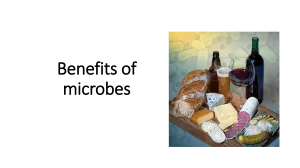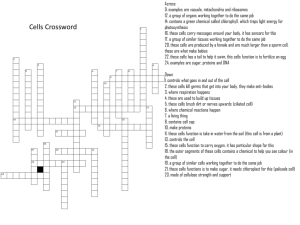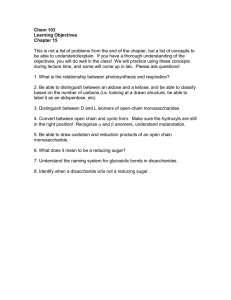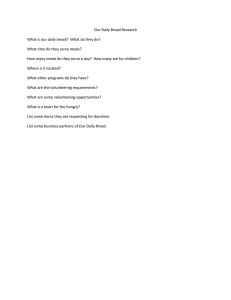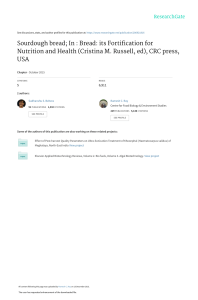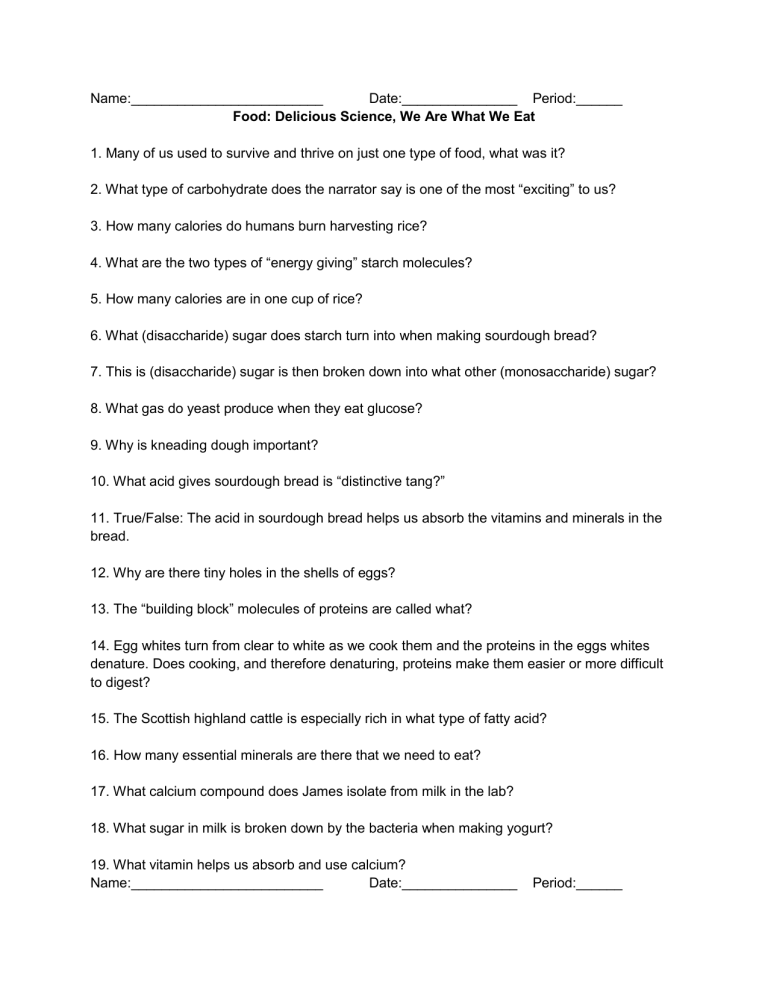
Name:_________________________ Date:_______________ Period:______
Food: Delicious Science, We Are What We Eat
1. Many of us used to survive and thrive on just one type of food, what was it?
2. What type of carbohydrate does the narrator say is one of the most “exciting” to us?
3. How many calories do humans burn harvesting rice?
4. What are the two types of “energy giving” starch molecules?
5. How many calories are in one cup of rice?
6. What (disaccharide) sugar does starch turn into when making sourdough bread?
7. This is (disaccharide) sugar is then broken down into what other (monosaccharide) sugar?
8. What gas do yeast produce when they eat glucose?
9. Why is kneading dough important?
10. What acid gives sourdough bread is “distinctive tang?”
11. True/False: The acid in sourdough bread helps us absorb the vitamins and minerals in the bread.
12. Why are there tiny holes in the shells of eggs?
13. The “building block” molecules of proteins are called what?
14. Egg whites turn from clear to white as we cook them and the proteins in the eggs whites denature. Does cooking, and therefore denaturing, proteins make them easier or more difficult to digest?
15. The Scottish highland cattle is especially rich in what type of fatty acid?
16. How many essential minerals are there that we need to eat?
17. What calcium compound does James isolate from milk in the lab?
18. What sugar in milk is broken down by the bacteria when making yogurt?
19. What vitamin helps us absorb and use calcium?
Name:_________________________ Date:_______________ Period:______
Food: Delicious Science, We Are What We Eat
1. Many of us used to survive and thrive on just one type of food, what was it?
Breast milk
2. What type of carbohydrate does the narrator say is one of the most “exciting” to us?
Starch
3. How many calories do humans burn harvesting rice?
350-400
4. What are the two types of “energy giving” starch molecules?
Amylose and amylopectin
5. How many calories are in one cup of rice?
700
6. What (disaccharide) sugar does starch turn into when making sourdough bread?
Maltose
7. This is (disaccharide) sugar is then broken down into what other (monosaccharide) sugar?
Glucose
8. What gas do yeast produce when they eat glucose?
Carbon Dioxide
9. Why is kneading dough important?
To form gluten which can trap the carbon dioxide and allow the bread to rise.
10. What acid gives sourdough bread is “distinctive tang?”
Lactic acid
11. True/False: The acid in sourdough bread helps us absorb the vitamins and minerals in the bread.
True
12. Why are there tiny holes in the shells of eggs?
So the forming chick can breathe.
13. The “building block” molecules of proteins are called what?
Amino acids
14. Egg whites turn from clear to white as we cook them and the proteins in the eggs whites denature. Does cooking, and therefore denaturing, proteins make them easier or more difficult to digest?
Easier
15. The Scottish highland cattle is especially rich in what type of fatty acid?
Omega 3’s
16. How many essential minerals are there that we need to eat?
16 minerals
17. What calcium compound does James isolate from milk in the lab?
Calcium Phosphate
18. What sugar in milk is broken down by the bacteria when making yogurt?
Lactose
19. What vitamin helps us absorb and use calcium? Vitamin D
